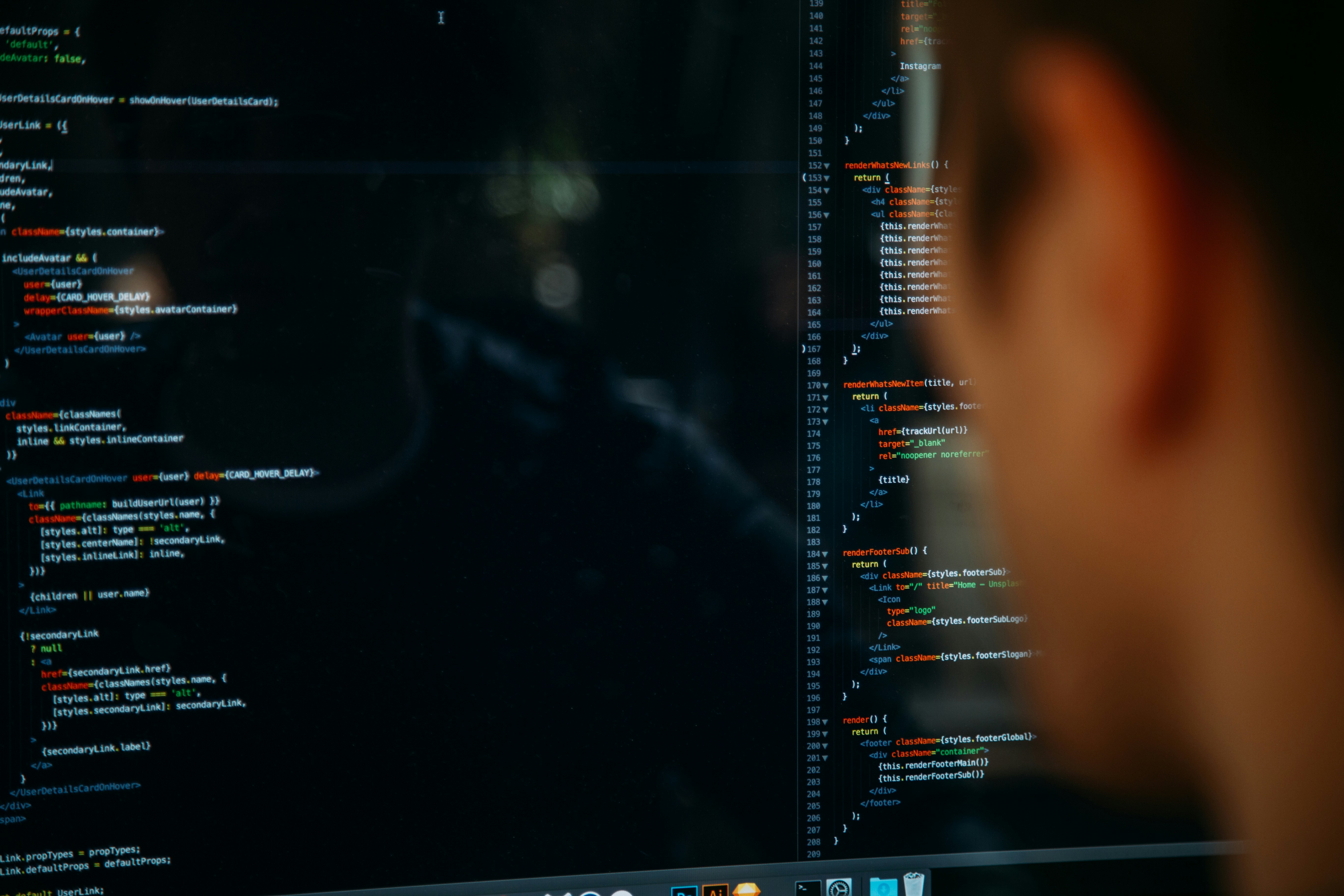Latent Space Exploration: How AI Navigates the Hidden Dimensions of Code
2025-06-11

For decades, we've represented code as sequences of characters, abstract syntax trees, or graphs. While these representations have served us well, they often fail to capture the deeper semantic relationships that make code meaningful. Enter latent space representations—a powerful approach that allows AI systems to discover hidden dimensions in code that humans might never explicitly define. By mapping code into these abstract mathematical spaces, AI can now understand similarities, relationships, and patterns that were previously invisible to machines.
Understanding Latent Spaces in Code
Latent spaces are high-dimensional mathematical spaces where similar concepts cluster together. Unlike explicit features that humans define, latent spaces emerge from the data itself through techniques like embeddings, autoencoders, and other dimensionality reduction approaches.
When applied to code, these representations capture semantic relationships rather than just syntactic ones. For example, two functions might look completely different in terms of their tokens but serve similar purposes—a latent space can position them close together based on their functionality.
# These functions are syntactically different but semantically similar
def calculate_average(numbers):
return sum(numbers) / len(numbers)
def compute_mean(data_points):
total = 0
for point in data_points:
total += point
return total / len(data_points)In a well-trained latent space, these functions would be mapped to nearby points despite their different implementations, variable names, and even algorithmic approaches.
From Tokens to Vectors: The Embedding Revolution
The first step in latent space exploration is transforming discrete code tokens into continuous vector representations. These embeddings capture contextual relationships between code elements.
Modern approaches like CodeBERT and GraphCodeBERT have demonstrated that code embeddings can capture rich semantic information:
from transformers import RobertaTokenizer, RobertaModel
# Load pre-trained code model
tokenizer = RobertaTokenizer.from_pretrained("microsoft/codebert-base")
model = RobertaModel.from_pretrained("microsoft/codebert-base")
# Get embeddings for a code snippet
code = "def hello_world():\n print('Hello, world!')"
inputs = tokenizer(code, return_tensors="pt")
outputs = model(**inputs)
# The last hidden state contains the contextual embeddings
embeddings = outputs.last_hidden_stateThese embeddings serve as the foundation for more advanced latent space explorations. Each token is represented by a vector that encapsulates not just the token itself but its role and meaning within the broader context of the code.
Navigating the Latent Landscape for Code Generation
Perhaps the most exciting application of latent spaces is in code generation. Traditional approaches to code generation often struggle with maintaining coherence across longer sequences. Latent space models address this by operating in a continuous space where small steps correspond to semantically meaningful changes.
Consider how diffusion models—which have revolutionized image generation—are now being applied to code:
# Simplified example of a diffusion-based code generation approach
def generate_code_from_latent(latent_vector, diffusion_model, steps=1000):
# Start with noise
current_state = random_noise(shape=latent_vector.shape)
# Gradually denoise toward the target latent representation
for t in range(steps, 0, -1):
noise_level = noise_schedule(t)
current_state = diffusion_step(
current_state,
target=latent_vector,
noise_level=noise_level,
model=diffusion_model
)
# Decode the final latent representation to code
return decode_to_code(current_state)This approach allows for more controlled generation, where we can navigate the latent space to find code that satisfies multiple constraints simultaneously—correctness, efficiency, readability, and adherence to specific patterns or styles.
Semantic Code Search Through Latent Matching
Traditional code search relies heavily on keywords, which often fails to capture the intent behind a query. Latent space representations enable semantic code search—finding code based on what it does rather than just what it contains.
Here's how a semantic code search might be implemented:
def semantic_code_search(query, codebase_embeddings, model):
# Encode the natural language query into the same latent space
query_embedding = model.encode_text(query)
# Find the closest code snippets in the latent space
similarities = cosine_similarity(query_embedding, codebase_embeddings)
# Return the most similar code snippets
top_indices = np.argsort(similarities)[-10:]
return [codebase[i] for i in top_indices]This approach enables developers to search with queries like "find all functions that validate email addresses" even if the implementations don't contain those exact terms.
Cross-Modal Understanding: Bridging Code and Natural Language
Perhaps the most powerful aspect of latent spaces is their ability to bridge different modalities. By mapping both code and natural language into the same latent space, AI systems can translate between them, enabling applications like:
- Automatic documentation generation
- Code generation from natural language specifications
- Explaining code functionality in plain language
Models like OpenAI's Codex demonstrate this capability by sharing a latent space between natural language and code:
# Example of a model that can translate between code and natural language
def explain_code(code_snippet, translator_model):
# Encode the code into the shared latent space
code_embedding = translator_model.encode_code(code_snippet)
# Decode from the latent space into natural language
explanation = translator_model.decode_to_text(code_embedding)
return explanation
def generate_code(specification, translator_model):
# Encode the specification into the shared latent space
spec_embedding = translator_model.encode_text(specification)
# Decode from the latent space into code
implementation = translator_model.decode_to_code(spec_embedding)
return implementationThis shared understanding enables more natural interactions between developers and AI assistants, as both can "think" in a common conceptual space.
Conclusion
Latent space exploration represents a fundamental shift in how AI systems understand and generate code. By moving beyond surface-level representations to capture the deep semantic structures of programming, these approaches are enabling a new generation of developer tools that truly understand the meaning and intent behind code.
As these techniques continue to evolve, we can expect even more powerful applications: AI systems that can refactor code while preserving its semantic behavior, automatically adapt code to new contexts, or even discover novel algorithms by exploring uncharted regions of the latent space.
The future of programming may well be a collaborative process where humans and AI systems meet in these abstract mathematical spaces, each bringing their unique strengths to the creative process of software development.
Enjoyed this article?
Subscribe to get notified when we publish more content like this.